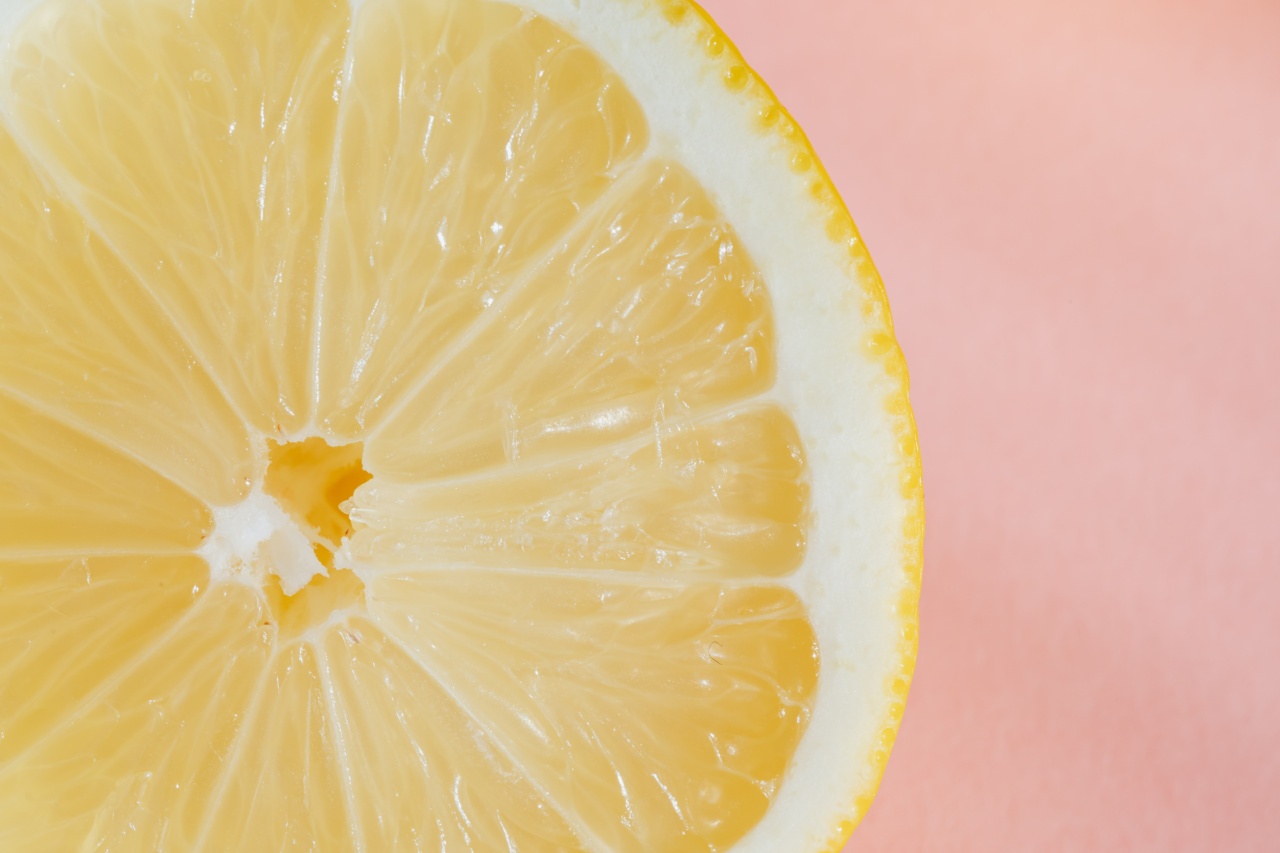Vitamin E is a powerful antioxidant that plays a crucial role in maintaining overall health and well-being.
It is known for its ability to protect against free radicals, reduce inflammation, promote healthy skin, support immune function, and even prevent certain chronic diseases. Incorporating vitamin E into your diet is essential to ensure you are reaping all of its benefits. In this article, we will explore five simple and delicious ways to incorporate vitamin E into your diet.
1. Nuts and Seeds
Nuts and seeds are excellent natural sources of vitamin E. Almonds, sunflower seeds, hazelnuts, and peanuts are considered some of the best options to boost your vitamin E intake.
Just a handful of these nutrient-packed snacks can provide a significant amount of vitamin E. You can enjoy them as a snack on their own, sprinkle them over salads and yogurt, or incorporate them into baked goods for an added nutritional punch.
2. Leafy Green Vegetables
Including leafy green vegetables in your diet is not only beneficial for your overall health but is also an excellent way to increase your vitamin E consumption. Spinach, kale, broccoli, and Swiss chard are rich sources of this essential nutrient.
Adding these greens to salads, stir-fries, or smoothies is an easy and delicious way to incorporate vitamin E into your meals.
3. Healthy Oils
Replacing unhealthy fats with healthy oils is not only beneficial for your heart but can also provide a good dose of vitamin E. Oils such as safflower oil, sunflower oil, and wheat germ oil are excellent sources of vitamin E.
Use these oils for cooking, dressings, and marinades to enhance the flavor of your meals while boosting your vitamin E intake.
4. Avocado
Avocado is a versatile fruit that offers numerous health benefits, including being a great source of vitamin E. Its creamy texture and mild taste make it a popular addition to salads, sandwiches, and smoothies.
Including avocados in your diet not only provides you with good fats and dietary fiber but also helps meet your vitamin E requirements.
5. Fortified Foods
If you find it challenging to incorporate natural sources of vitamin E into your diet, fortified foods can be a convenient alternative.
Many breakfast cereals, plant-based milk alternatives, and bread products are fortified with vitamin E to enhance their nutritional value. However, make sure to check the labels and choose minimally processed and low-sugar options to get the most out of these fortified foods.
Conclusion
Vitamin E is an essential nutrient that should be a part of your daily diet to support overall health and well-being.
Including nuts and seeds, leafy green vegetables, healthy oils, avocado, and fortified foods can easily and deliciously help you meet your vitamin E requirements. Experiment with incorporating these foods into your meals and enjoy the numerous benefits that vitamin E has to offer.































